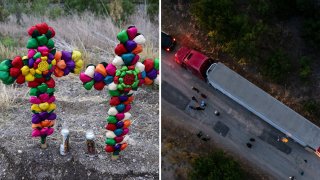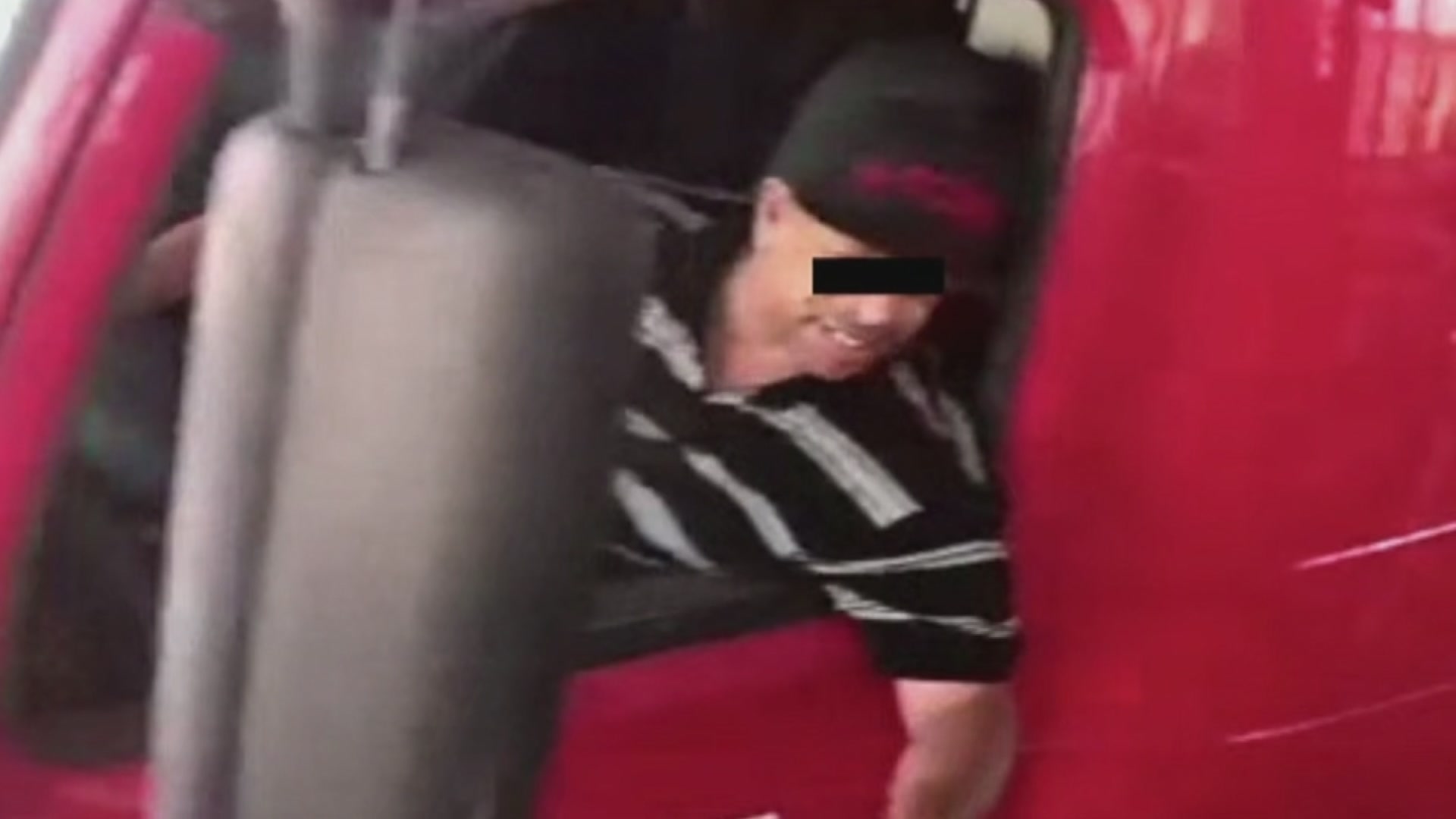
The tractor-trailer at the center of a disastrous human-smuggling attempt that left 53 people dead had passed through an inland U.S. Border Patrol checkpoint with migrants inside the sweltering rig earlier in its journey, a U.S. official said Thursday.
The truck went through the checkpoint on Interstate 35 located 26 miles northeast of the border city of Laredo, Texas.
The official, speaking on condition of anonymity to discuss an ongoing investigation, said there were 73 people in the truck when it was discovered Monday in San Antonio, including the 53 who died. It was unclear if agents stopped the driver for questioning at the inland checkpoint or if the truck went through unimpeded.
The disclosure brings new attention to an old policy question of whether the roughly 110 inland highway checkpoints along the Mexican and Canadian borders are sufficiently effective at spotting people in cars and trucks who enter the United States illegally. They are generally located up to 100 miles from the border.
The U.S. Supreme Court ruled in 1976 that Border Patrol agents may stop vehicles for brief questioning without a warrant, even if there is no reason to believe that they are carrying people in the country illegally. Still, the practice has galvanized immigration advocates and civil libertarians who consider checkpoints ripe for racial profiling and abuse of authority. Some motorists post videos to social media accusing agents of heavy-handed, inappropriate questioning.
The Laredo-area checkpoint is on one of the busiest highways along the border, particularly for trucks, raising the possibility of choking commerce and creating havoc if every motorist is stopped and questioned.
Get Tri-state area news delivered to your inbox. Sign up for NBC New York's News Headlines newsletter.
Border Patrol officials call the checkpoints an imperfect but effective second line of defense after the border, acknowledging that agents must balance law enforcement interests with disrupting legitimate commerce and travel.
Volume and configuration vary widely among checkpoints but agents generally have five to seven seconds to decide whether to question a driver, said Roy Villareal, former chief of the Border Patrol's Tucson, Arizona, sector.
"Ultimately it's very difficult to ascertain with crime in general. It's hard to say whether you're 100% effective, 50%, 10%."
U.S. Rep. Henry Cuellar, who drives through the checkpoint almost weekly, said investigators believe the migrants boarded the truck in or around Laredo, though that is unconfirmed. That would be consistent with smuggling patterns: migrants cross the border on foot and hide in a house or in shrubbery on U.S. soil before getting picked up and taken to the nearest major city.
Even if the truck were empty, it would raise questions about the checkpoints. Migrants often perish trying to circumvent them, getting dropped off before reaching them with plans to get picked up on the other side. In Rio Grande Valley, the busiest corridor for illegal crossings, migrants walk through sweltering ranches to avoid a checkpoint in Falfurrias, Texas, about 70 miles north of the border.
The Government Accountability Office reported this month that agents at inland checkpoints detained about 35,700 people believed to be in the U.S. illegally from 2016 to 2020 fiscal years, only about 2% of all Border Patrol arrests. Agents seized drugs nearly 18,000 times during that period with more than nine of 10 arrests involving U.S. citizens.
They have been a trap for U.S. citizens carrying even small bags of marijuana. About 40% of pot seizures at Border Patrol checkpoints from fiscal years 2013 to 2016 were an ounce or less from U.S. citizens, according to an earlier GAO report.



